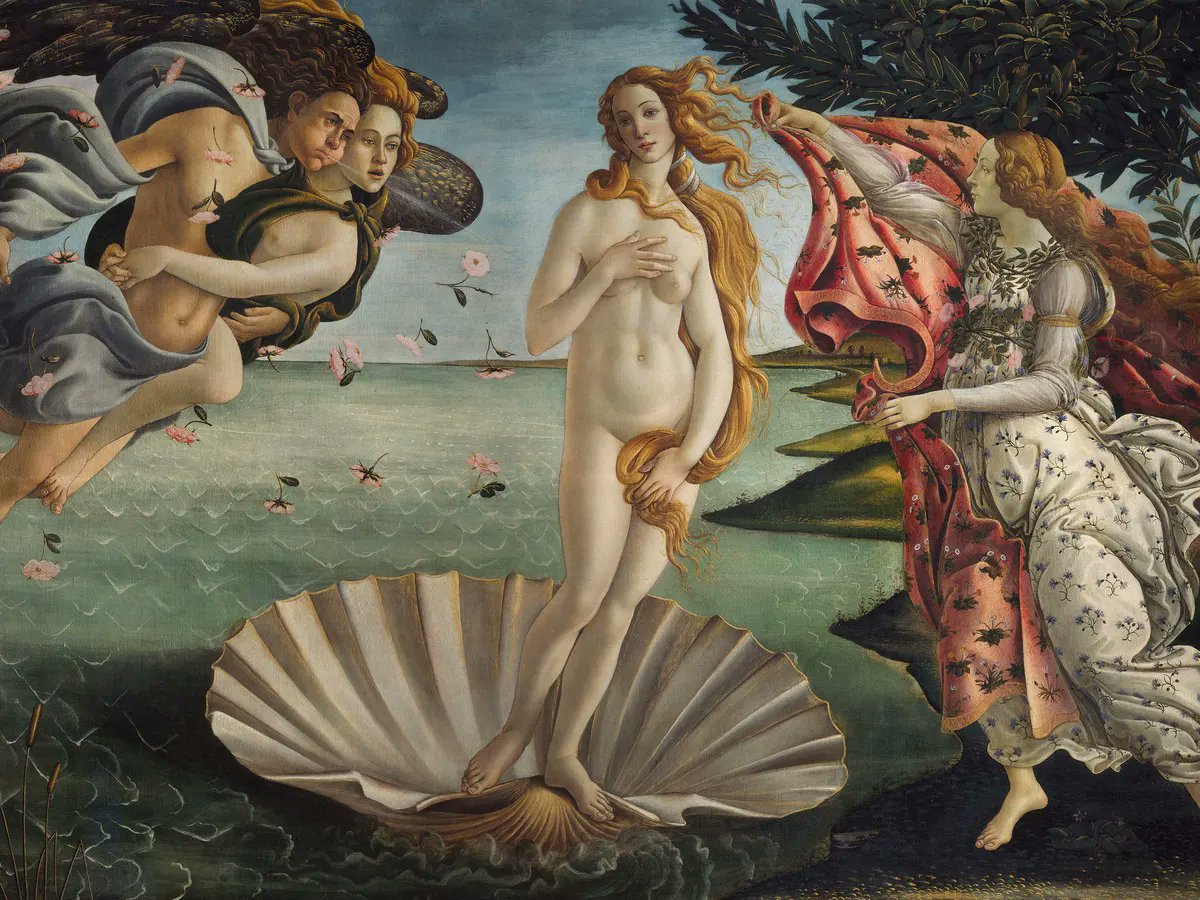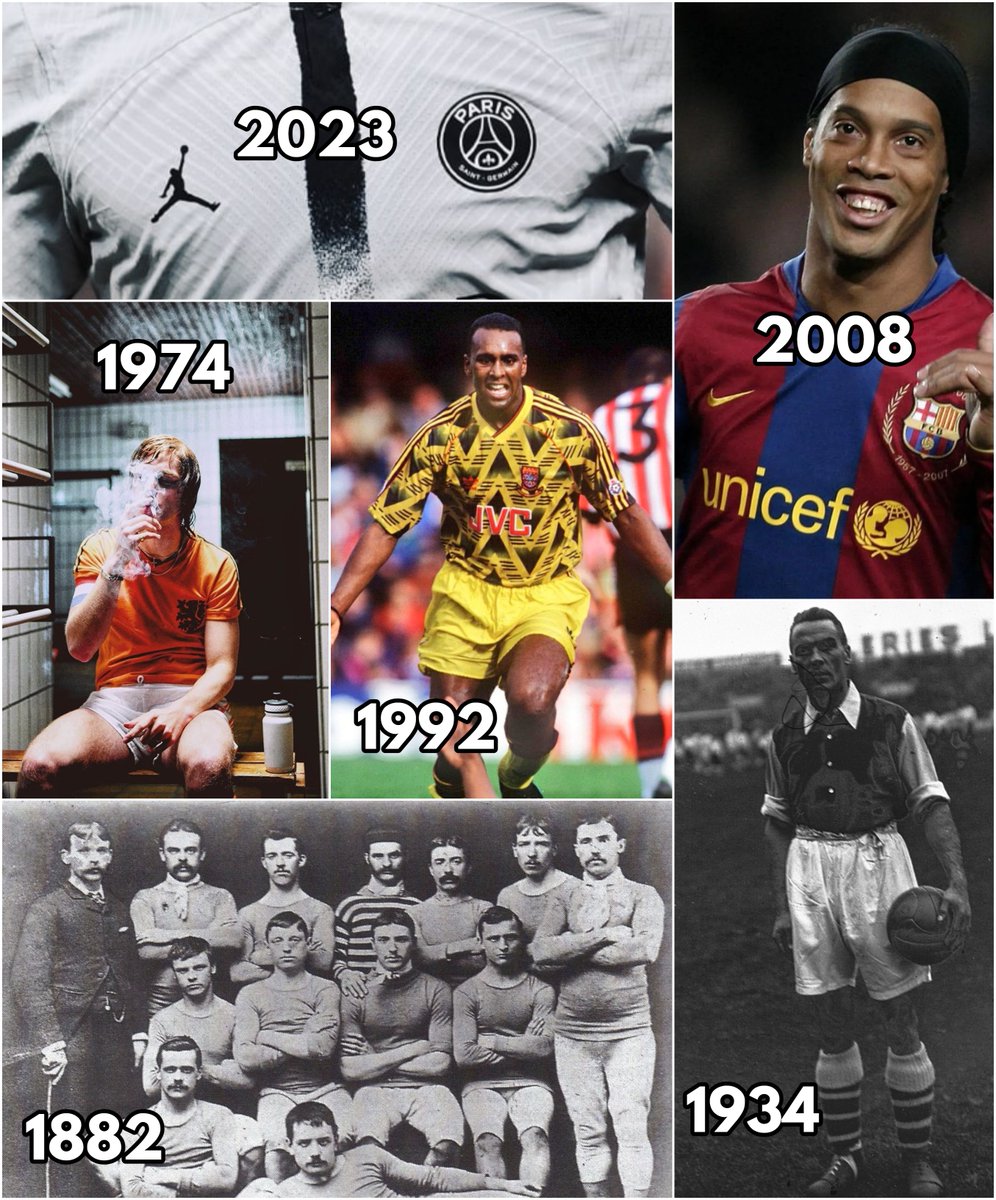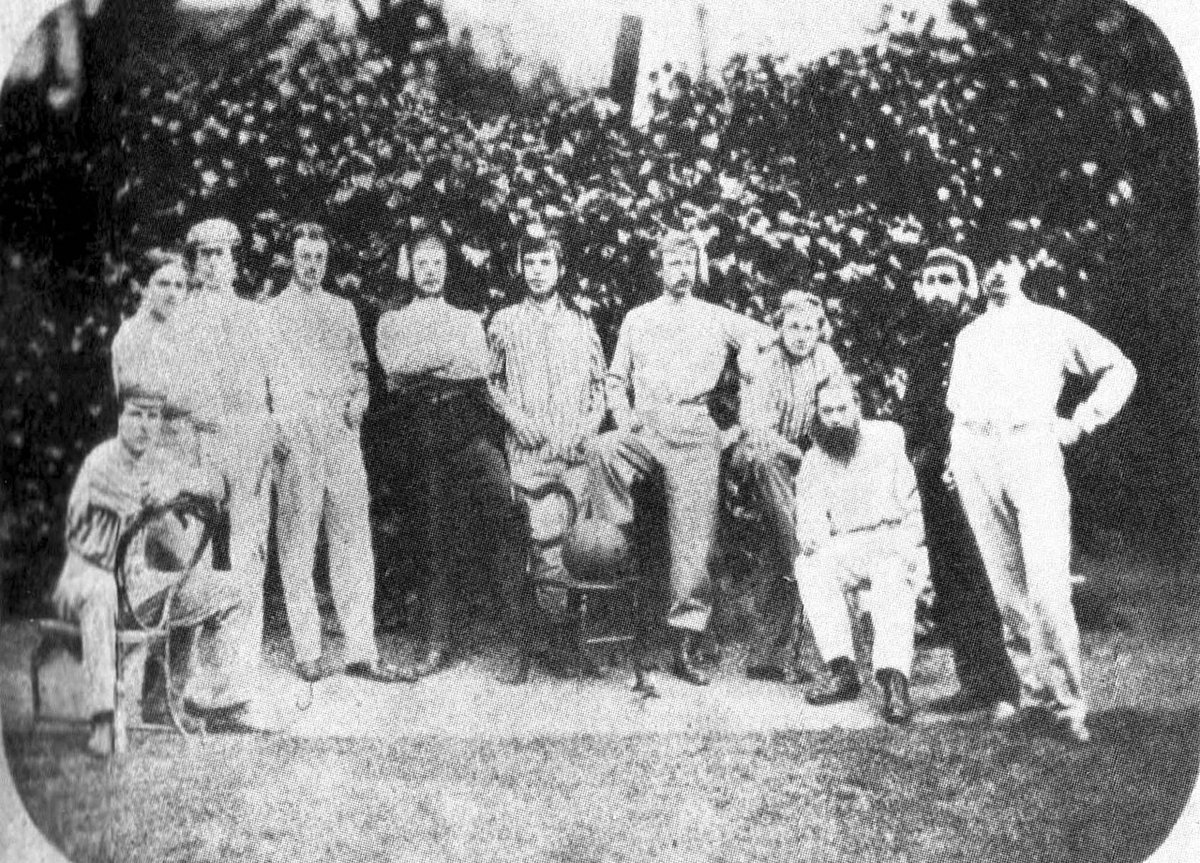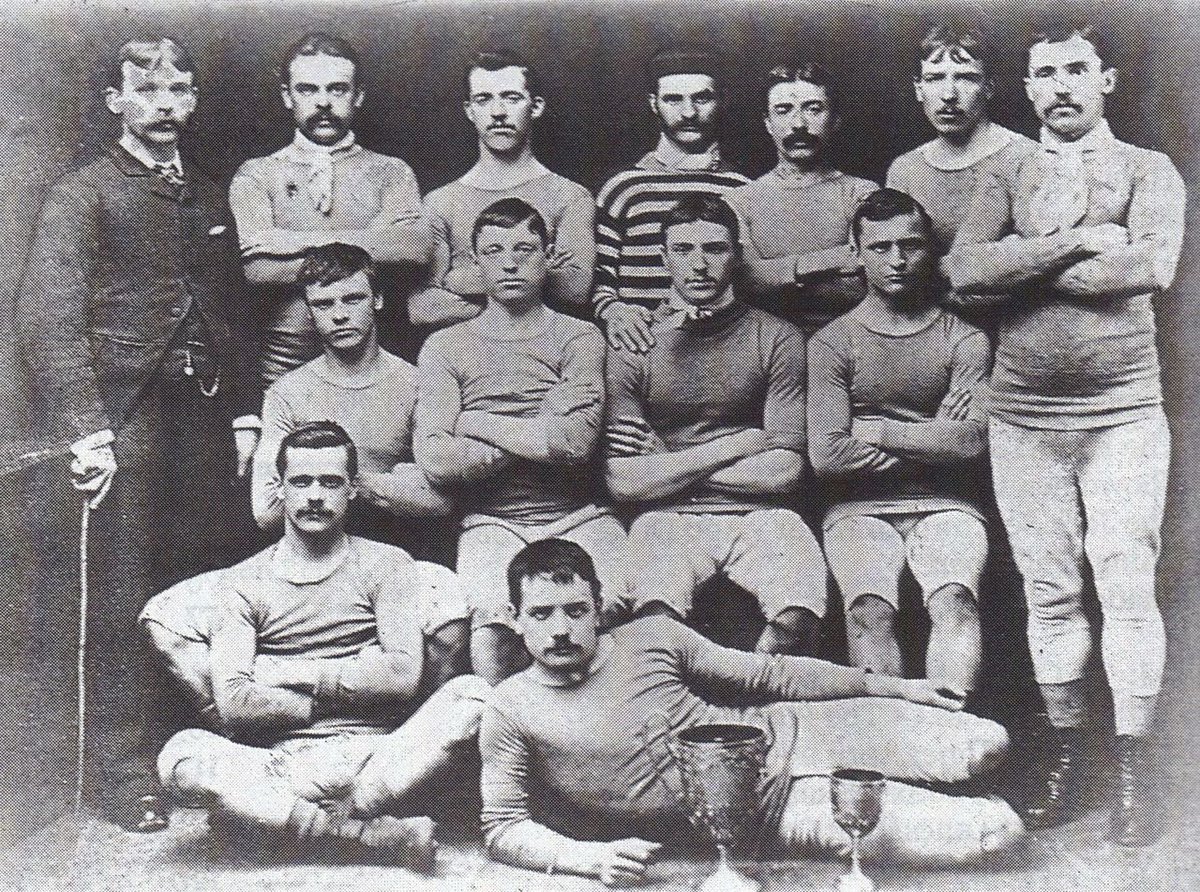
Thread of cats in art - the good, the bad, and the bizarre:
Rocket Cat by Franz Helm of Cologne (1530)
Rocket Cat by Franz Helm of Cologne (1530)

• • •
Missing some Tweet in this thread? You can try to
force a refresh






































